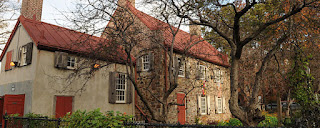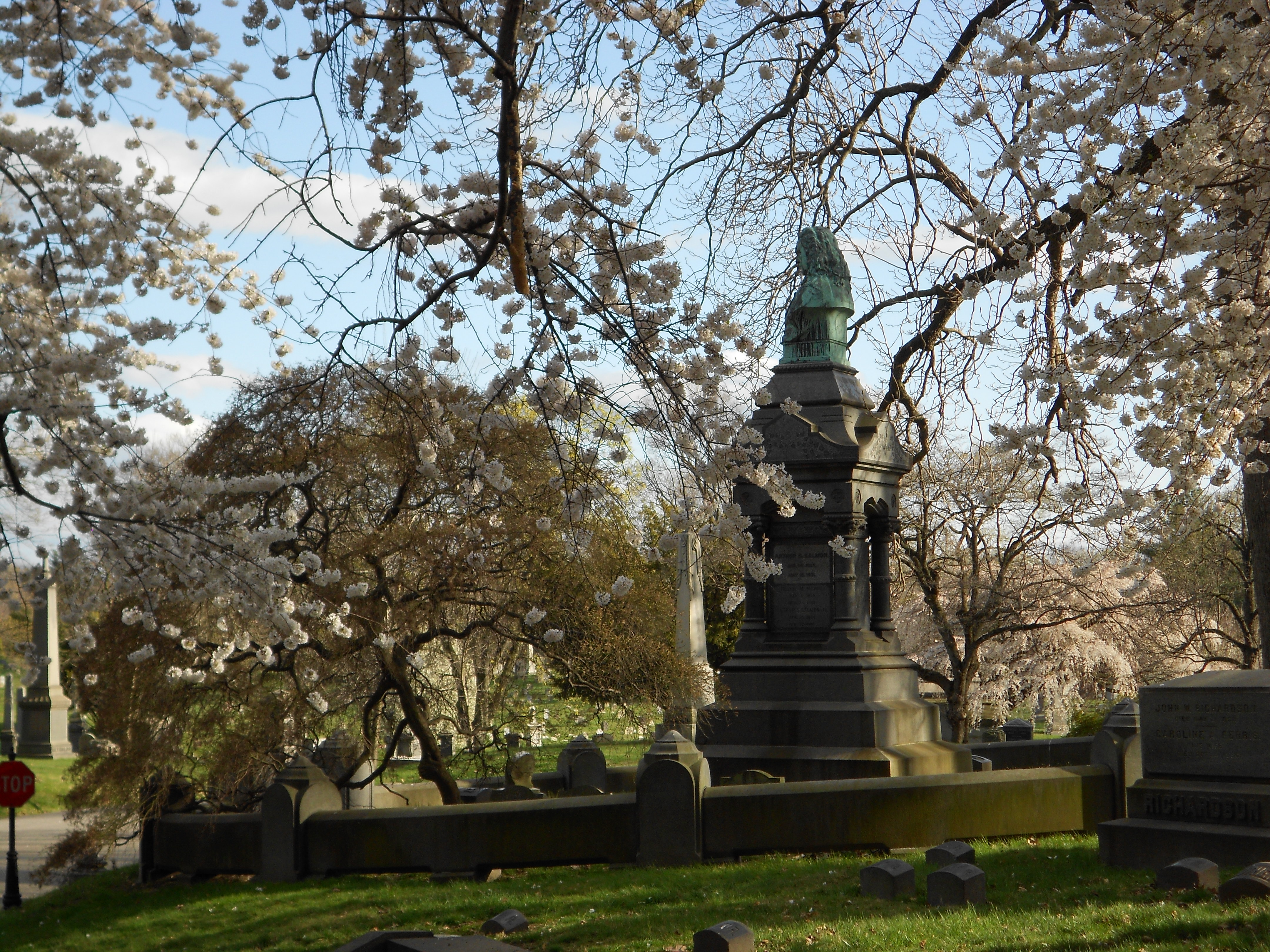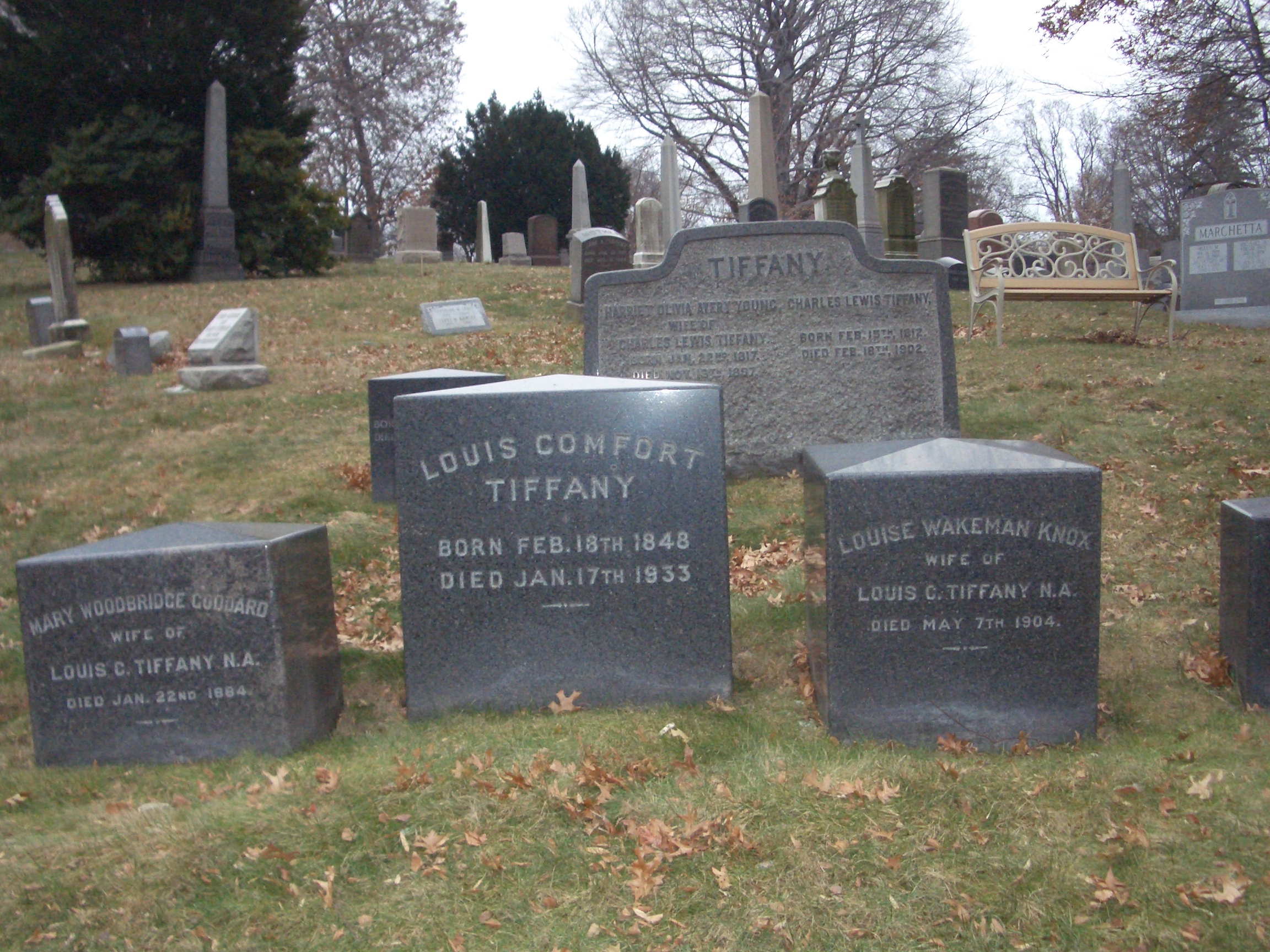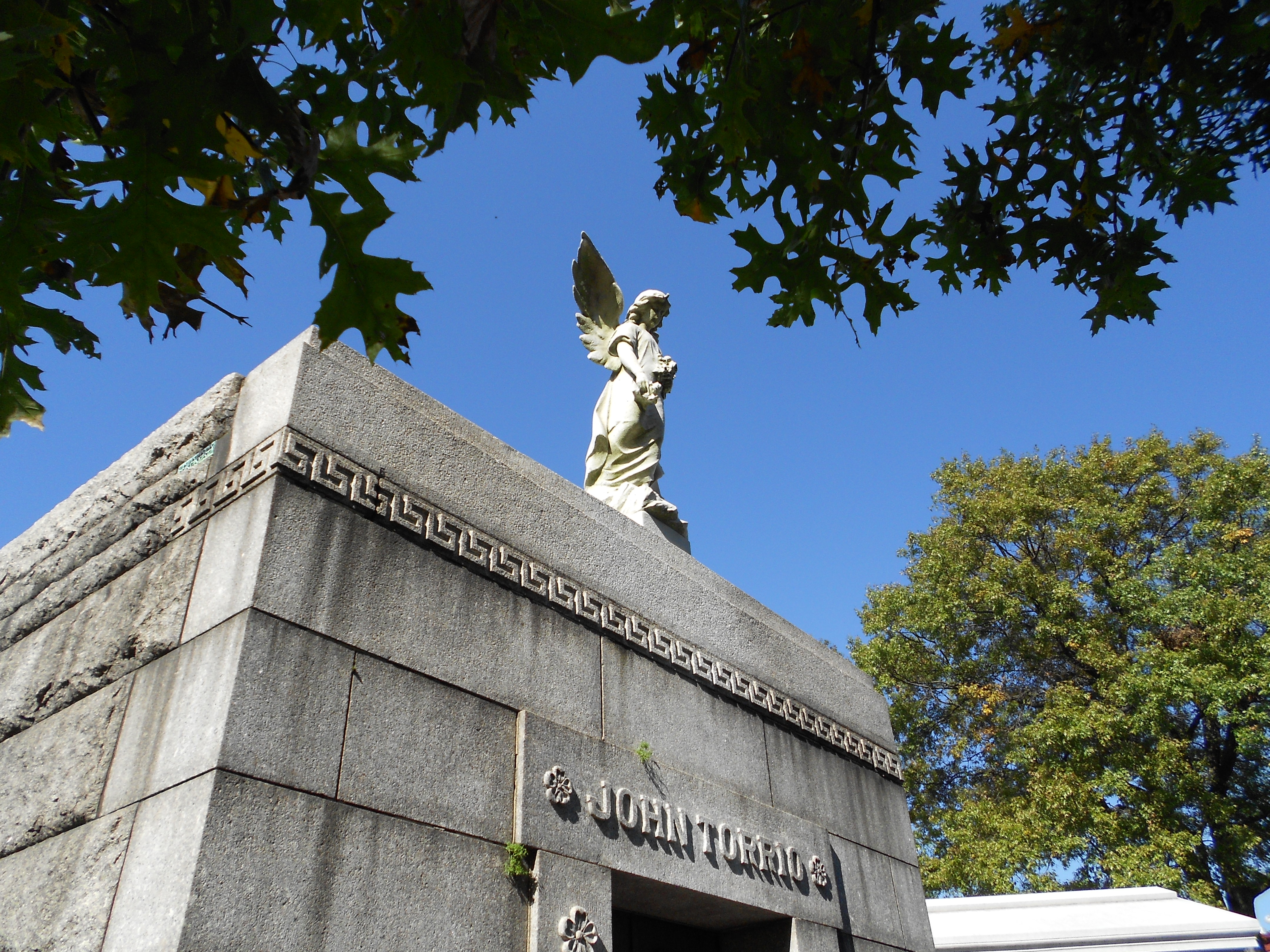Yesterday, I attended a wonderful lecture about Louis Comfort Tiffany at the Cold Spring Harbor Library in Long Island. Although I researched Louis Comfort and his father, Charles Lewis, the famed jeweler, I learned a number of things about the family and took a new look at their modest gravestones in Green-Wood Cemetery. It seems that Louis C. Tiffany was quite the party animal, throwing lavish parties—sometimes for 1,000 people—-at Laurelton Hall, his 100-room estate set on 580 acres in Oyster Bay, LI. The invitations were proffered by scrolls, often written in hieroglyphics, and guests were—-more often than not—-requested to attend in costume. Louis Comfort Tiffany died in 1933, but Laurelton Hall lived on, serving as a haven for artists per Tiffany’s wishes. Sadly, in 1957, the mansion burned down in a mysterious fire, the origin of which has never been discovered. Much of the contents of Tiffany’s home were destroyed. One of these, (seen above) was Tiffany's prized work ...
.jpg)

.jpg)




.jpg)

